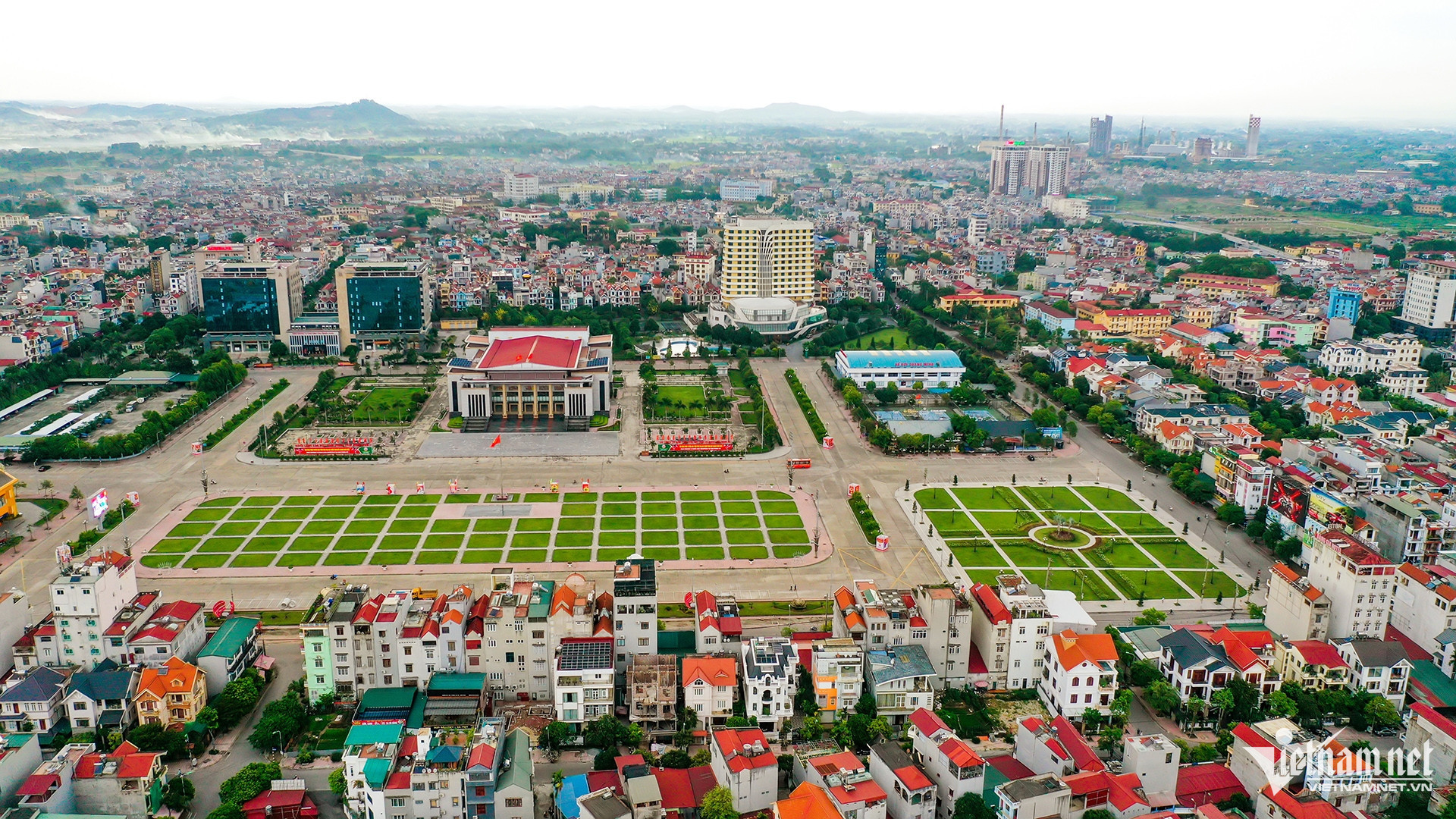
Vietnam’s constitutional reform process must adopt a broader, long-term vision, particularly as the country moves towards merging provinces and eliminating district-level administration, according to Associate Professor Dr. To Van Hoa, Vice Rector of Hanoi Law University.
On February 14, the Politburo and the Secretariat issued Conclusion No. 126, outlining tasks for streamlining the political system in 2025.
On February 28, Conclusion No. 127 was issued, emphasizing the elimination of district-level administration, restructuring local governance, and defining new roles for provincial and local governments.
The key objectives include removing the district-level administration and restructuring governance at the provincial and local levels.
The conclusions also call for redefining the relationship between different levels of government to improve efficiency and enhancing vertical coordination from the central government to local agencies for a more synchronized governance system.
According to Dr. To Van Hoa, revising the Constitution is essential to ensure a solid legal foundation for Vietnam’s administrative restructuring.
The process must be conducted with thorough research, ensuring theoretical and legal consistency.
Modern nations typically categorize administrative units into two main types. Standard administrative units are areas with stable populations, where fully functioning local governments manage governance and public services.
Specialized administrative units refer to territories with few or no permanent residents, such as forests, mountains, deserts, or large bodies of water. These areas do not require local governments but are managed based on specific functions.
Dr. Hoa emphasized that constitutional amendments should not just focus on wording adjustments but must establish a comprehensive governance model that aligns with Vietnam’s long-term development strategy.
The proposed restructuring suggests a two-tier system consisting of provincial-level administration, including provinces and centrally governed cities, and local-level administration, including communes, towns, and cities within provinces.
The Politburo and Government Party Committee have agreed on this two-tier structure. Under this model, provinces will consist of provinces and centrally governed cities, while local-level administration will consist of communes, towns, and cities within provinces.
For centrally governed cities, local administrative divisions will include communes, cities within the province, towns, and inner-city zones. Inner-city zones will be a new administrative concept, encompassing urban core areas that serve as economic, political, and cultural hubs.
For example, Hanoi’s inner-city area would include 12 districts, Ho Chi Minh City’s inner-city area would cover 16 districts, and Hai Phong’s inner-city area would consist of 6 districts.
Dr. Hoa proposed amendments to Article 110 of the 2013 Constitution, which governs Vietnam’s administrative divisions. The revised structure would recognize two types of administrative units: standard administrative units governed by fully functioning local governments and specialized administrative units managed by central or provincial authorities without local governments.
Regarding Article 111, which defines local governments, Dr. Hoa suggested amending the Constitution to ensure that all administrative units with residential populations have fully functioning local governments, including People’s Councils and People’s Committees.
Specialized administrative units would operate under alternative governance models suited to their function, rather than having local governments.
Dr. Hoa emphasized that constitutional amendments should also support the ongoing streamlining of the political system, in line with the Party’s conclusions. This would require adjustments to Chapter 1 of the 2013 Constitution, which outlines Vietnam’s political framework.
Vietnam’s current political system consists of three key components: the Communist Party of Vietnam (CPV) in a leadership role, the State as the central governing authority, and the Vietnam Fatherland Front (VFF) as the representative of the people and mass organizations.
Dr. Hoa proposed simplifying constitutional provisions on the Vietnam Fatherland Front (VFF) by merging Articles 9 and 10 into a single article that outlines the basic attributes, roles, and responsibilities of the VFF.
He suggested that detailed regulations be transferred to separate laws for greater flexibility and adaptation.
“These reforms would modernize governance and ensure long-term administrative efficiency,” Dr. Hoa stated.
Tran Thuong